PHOTOS: The All Precure Exhibit Celebrates 20 Years of Fan and Series Transformation
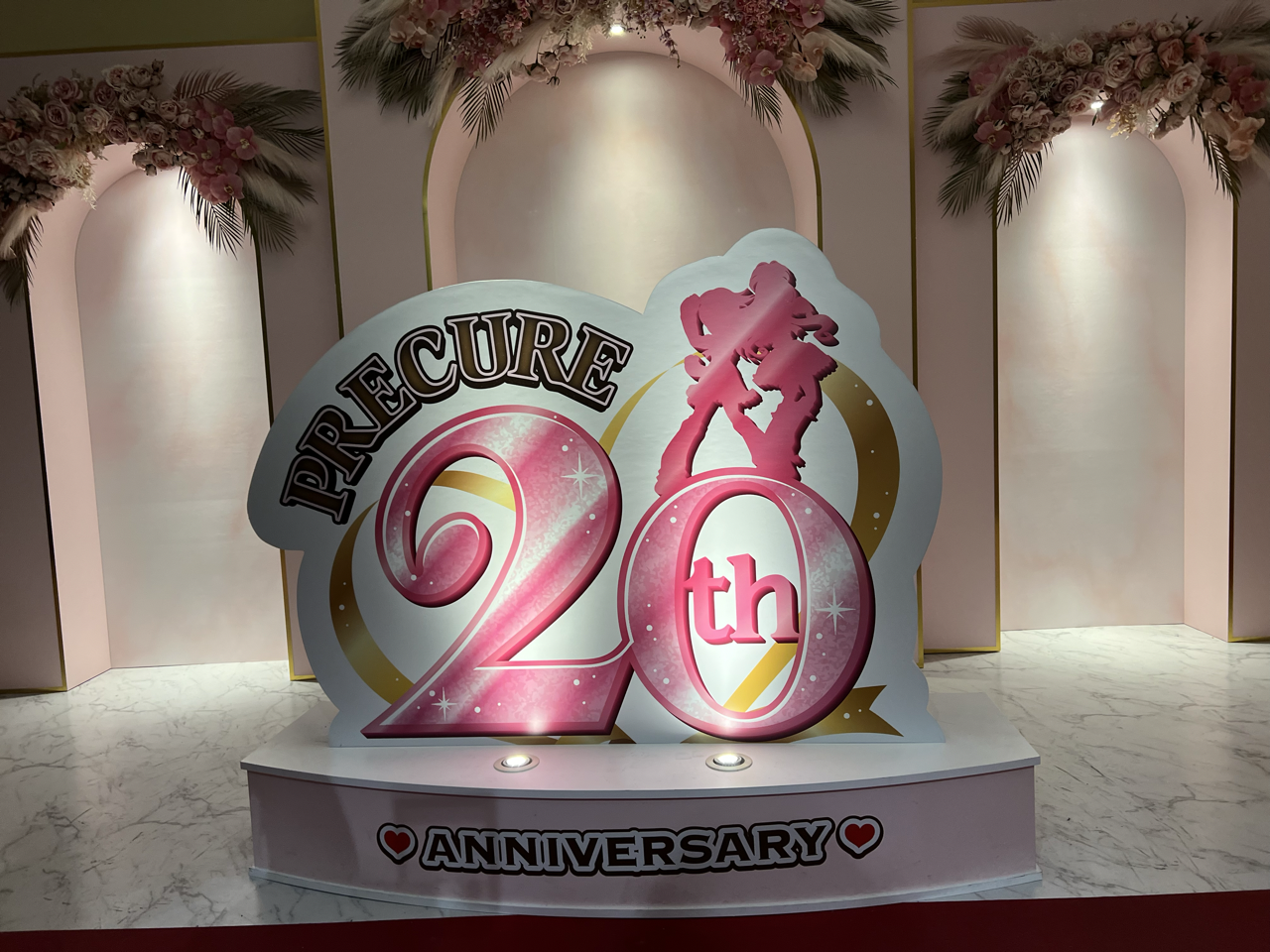
Precure's influence is inescapable in the magical girl genre over the last two decades. Toei Animation’s magical girl franchise is what Super Sentai and Kamen Rider are for superheroes, with yearly-themed incarnations that offer empowering messages to viewers where strength comes from being yourself and empathetic to others. Debuting in 2003, generations have been raised on the series, and nostalgia for those formative years and characters allows this series to retain a powerful grip well into adulthood.
This hallmark allowed Toei the chance to reminisce on the rich history with a special expansive touring celebration called the "All Precure Exhibition: 20th Anniversary Memories," which recently made its premiere in the heart of Ikebukuro’s Sunshine City.
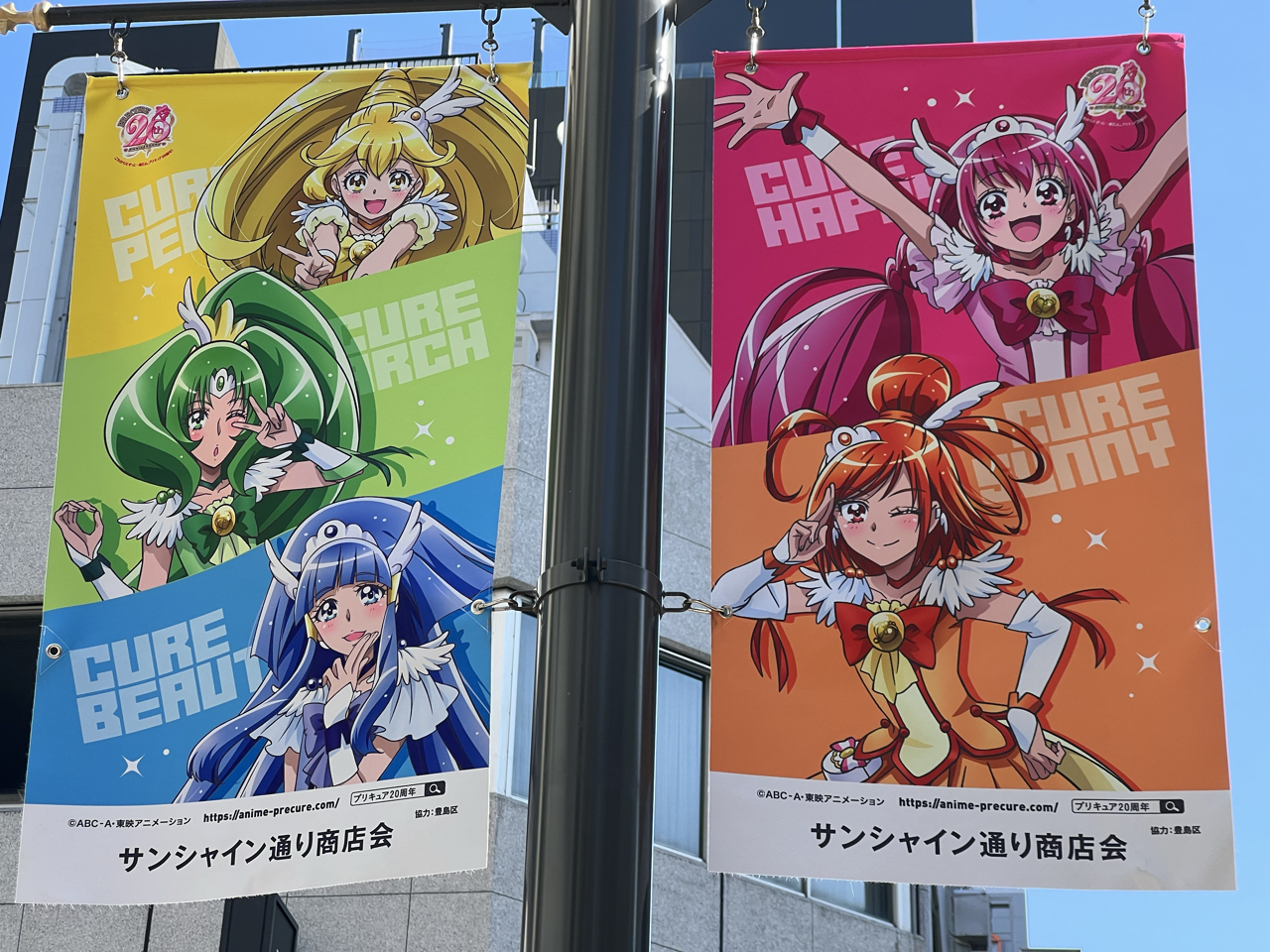
Sunday mornings at 8:30am on TV Asahi has stood as the broadcasting block catering to young girls, including some of the most influential series like Ashita no Nadja and Ojamajo Doremi. Precure itself took inspiration from Sailor Moon, Creamy Mami and more, with the series then taking an approachable look at relatable conflicts facing its impressionable audience (as well as its copious merchandising!).
The original Precure differed in its portrayal of conflict and strength: Cure White and Cure Black fought using martial arts-inspired combat enhanced by their magical abilities, rather than a purely magical affair, making action far more visceral. Mixed with the series’ reliance on friendship and the characters' personal growth and strength over romance, it became an instant and unprecedented hit.
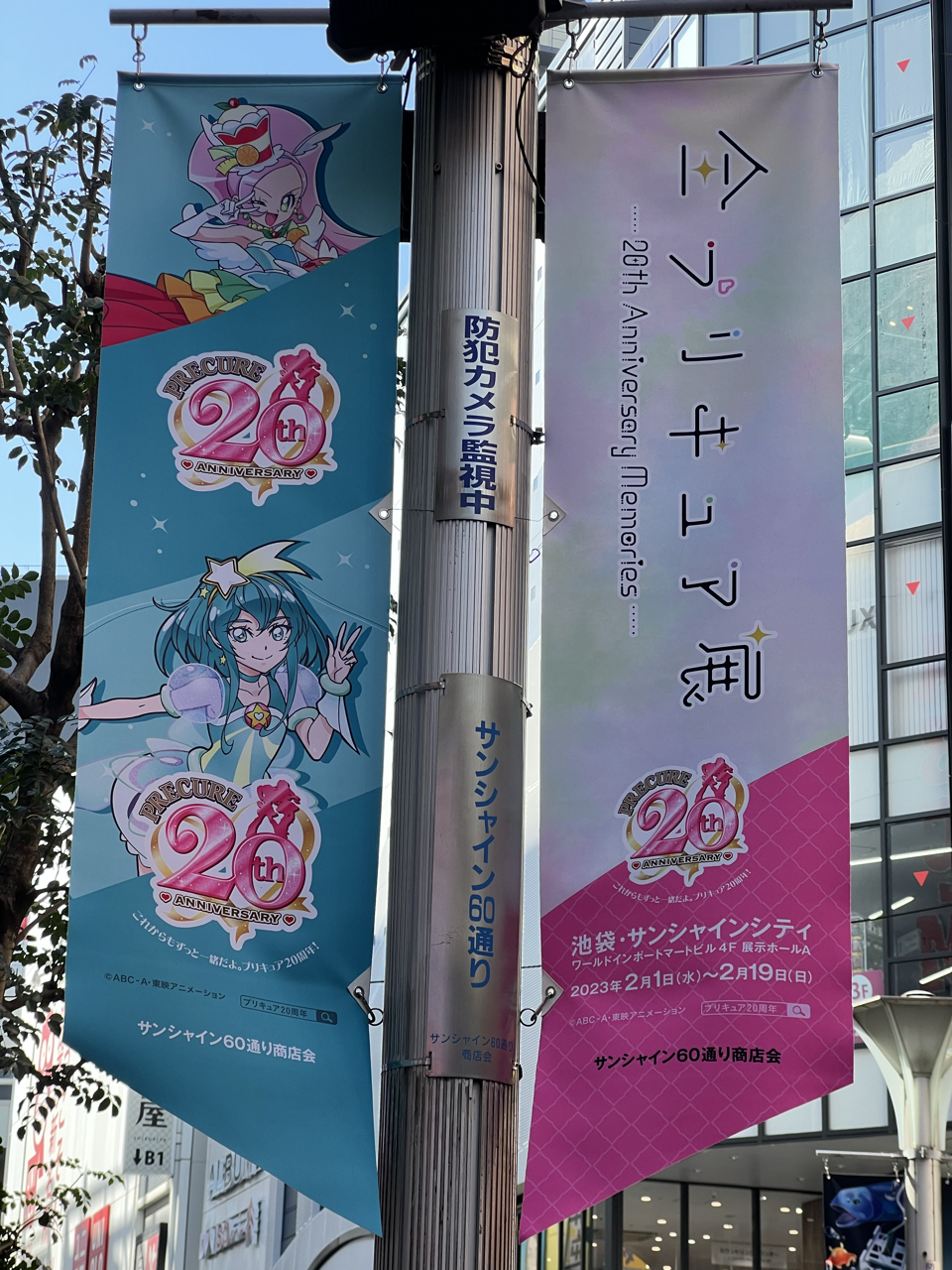
After two years with these original characters and following iterations, this Bandai-produced franchise was successfully able to become one of the most influential anime ever made with multiple generations claiming a Cure cast and series as their own.
Still, how can a 20-year-old franchise with so many installments come together for a cohesive anniversary celebration? By bringing them together under the empowering unifying traits that define Precure itself. From the youngest of new fans, from the soon-to-be-graduates to the nostalgic adults with a heart for the original duo, every demographic made the trip.
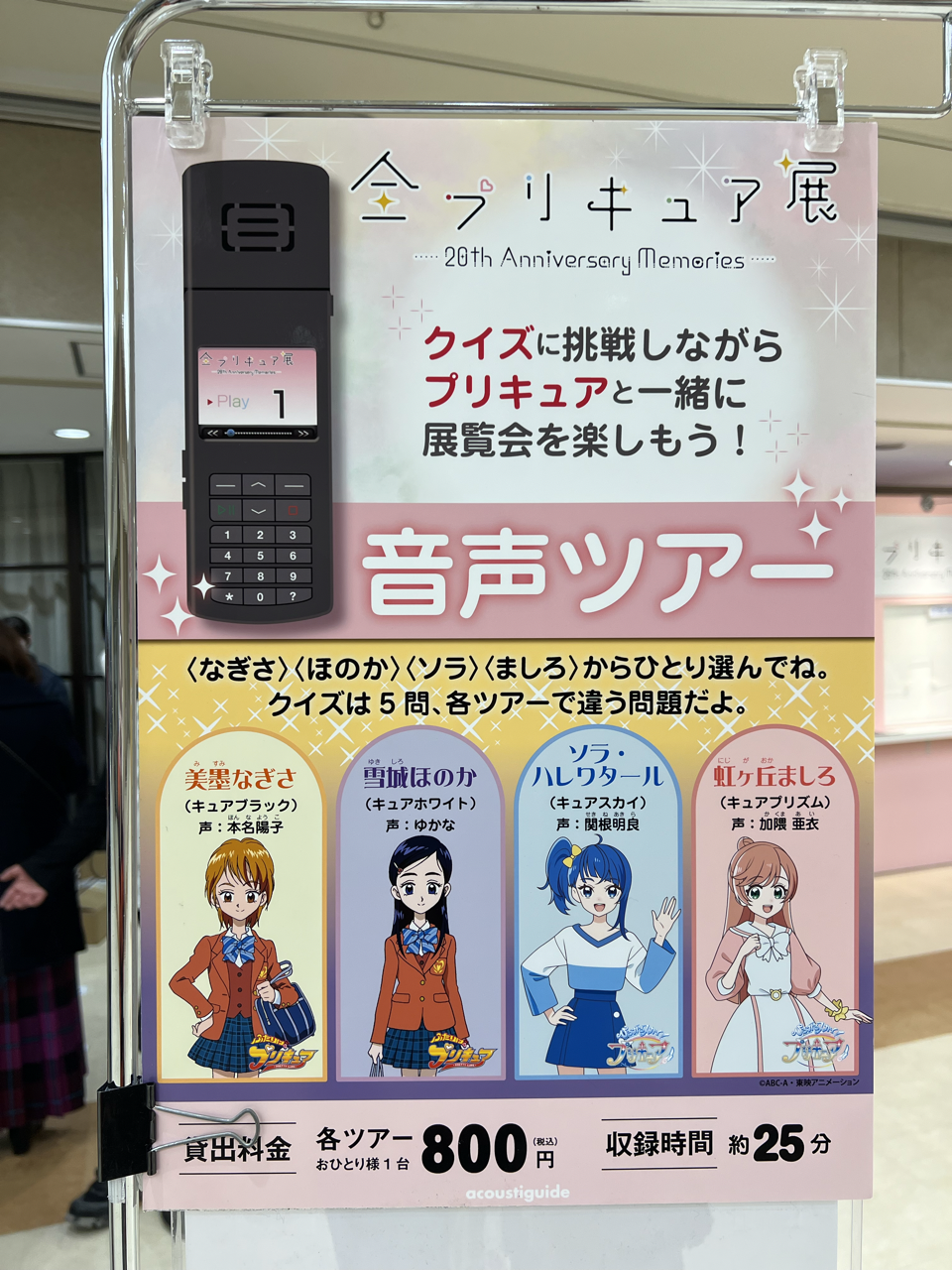
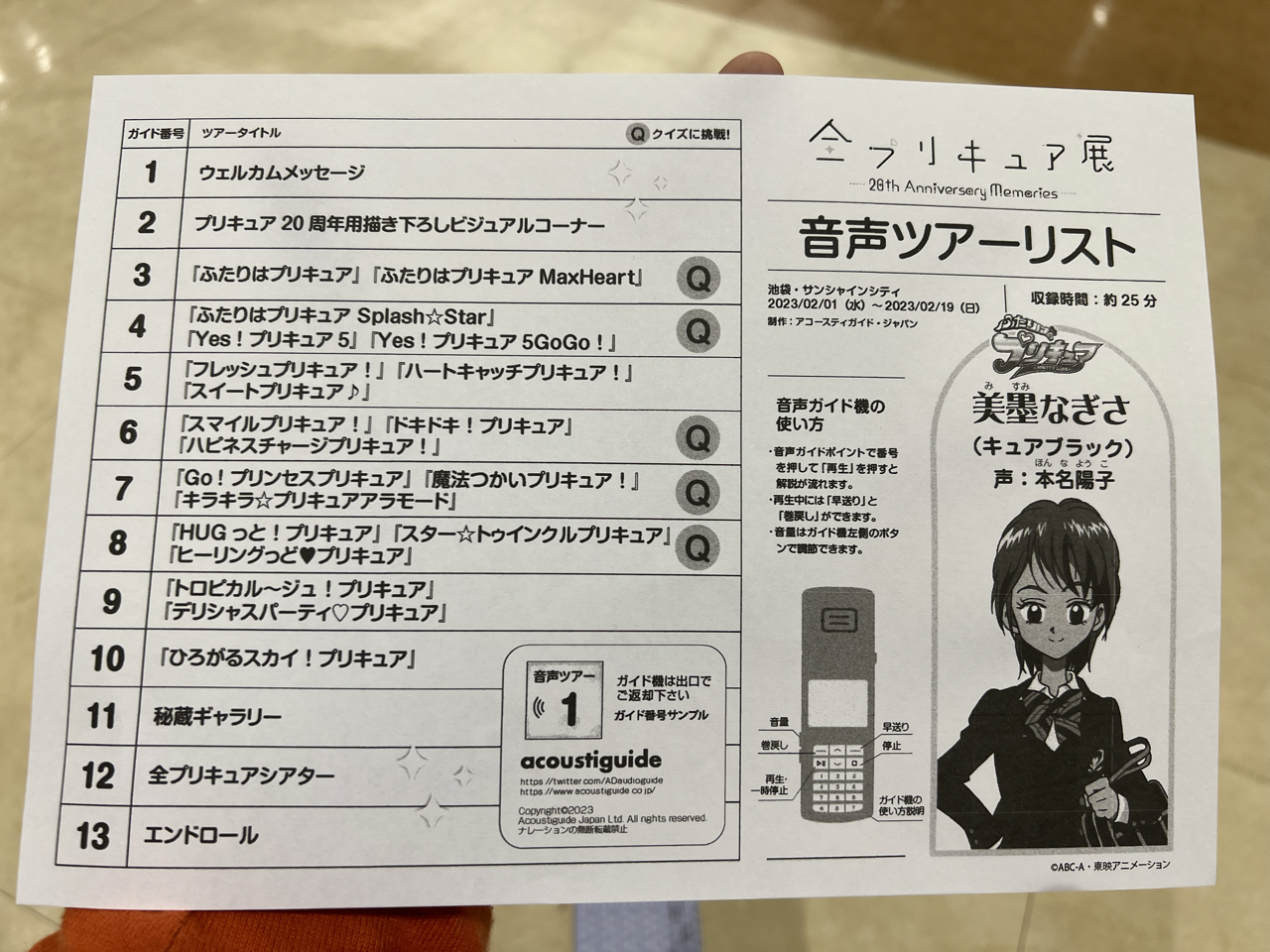
In turn, the exhibit sought to cater to everyone at once, right down to the special voice tours. While you were free to wander the event at your own pace, four different voice guides were available featuring the voice actors of the original Pretty Cure or its most recent incarnation, Soaring Sky! Precure. These voices guided you through the event in character, and even quizzed you on the franchise with basic questions. There are no prizes for answering correctly, but with unique questions for each guide it was nice touch.

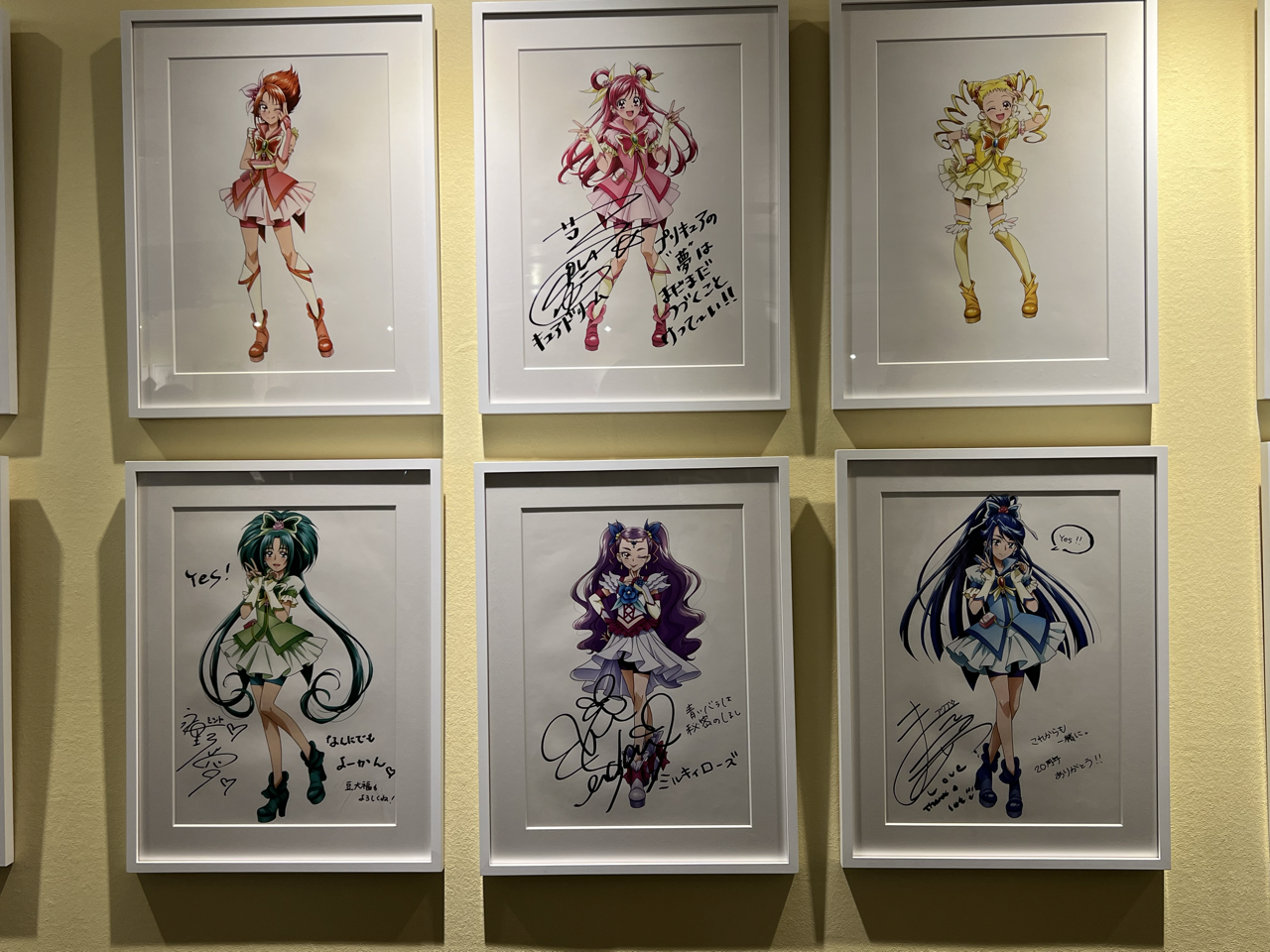
The first room of the exhibit featured character portraits of every Cure, brought to life with new framed illustrations. Many of these were signed by the original voice actors with a message celebrating the occasion, working as a wonderful tribute to how much the series has evolved from its humble beginnings.
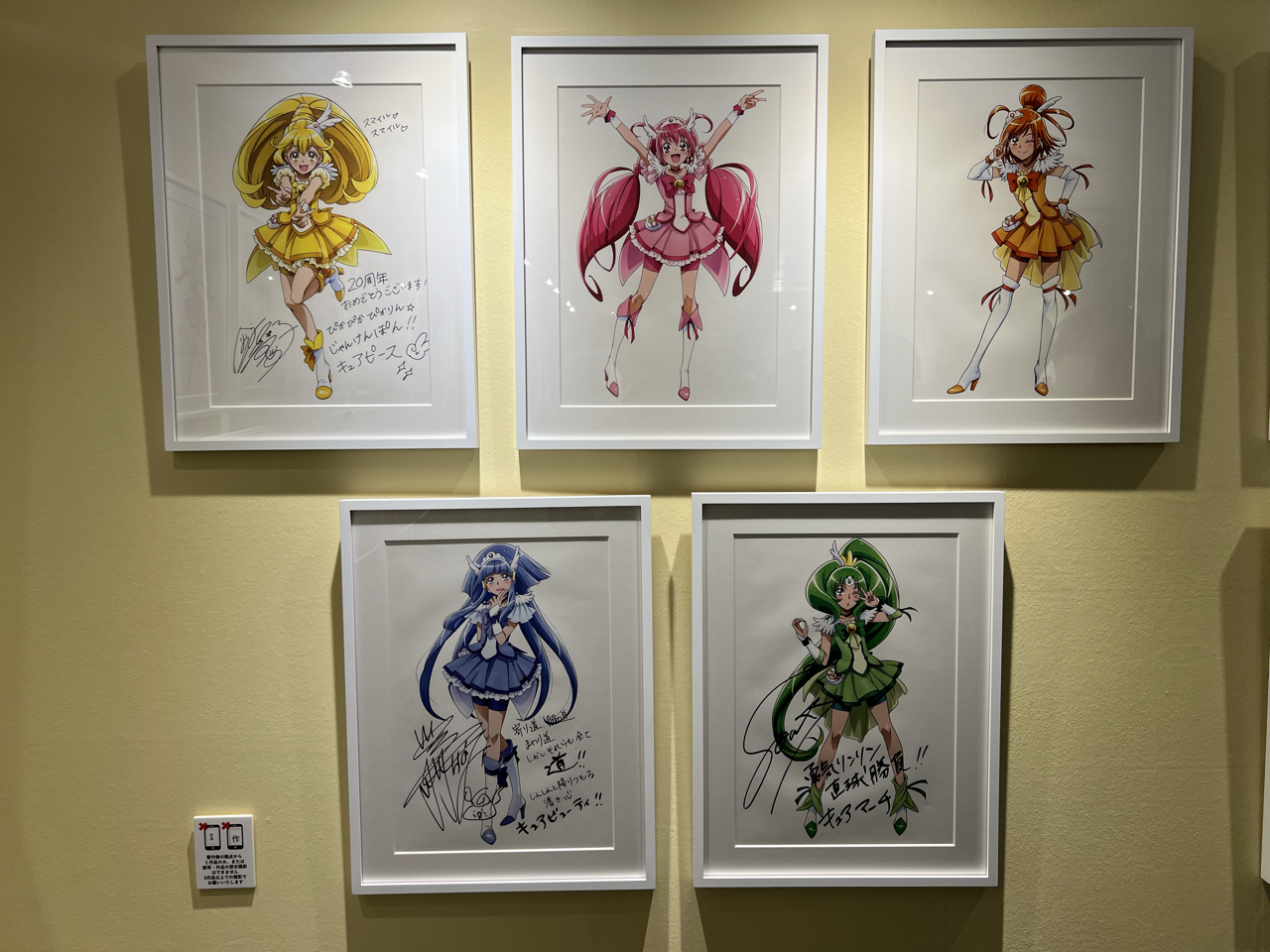
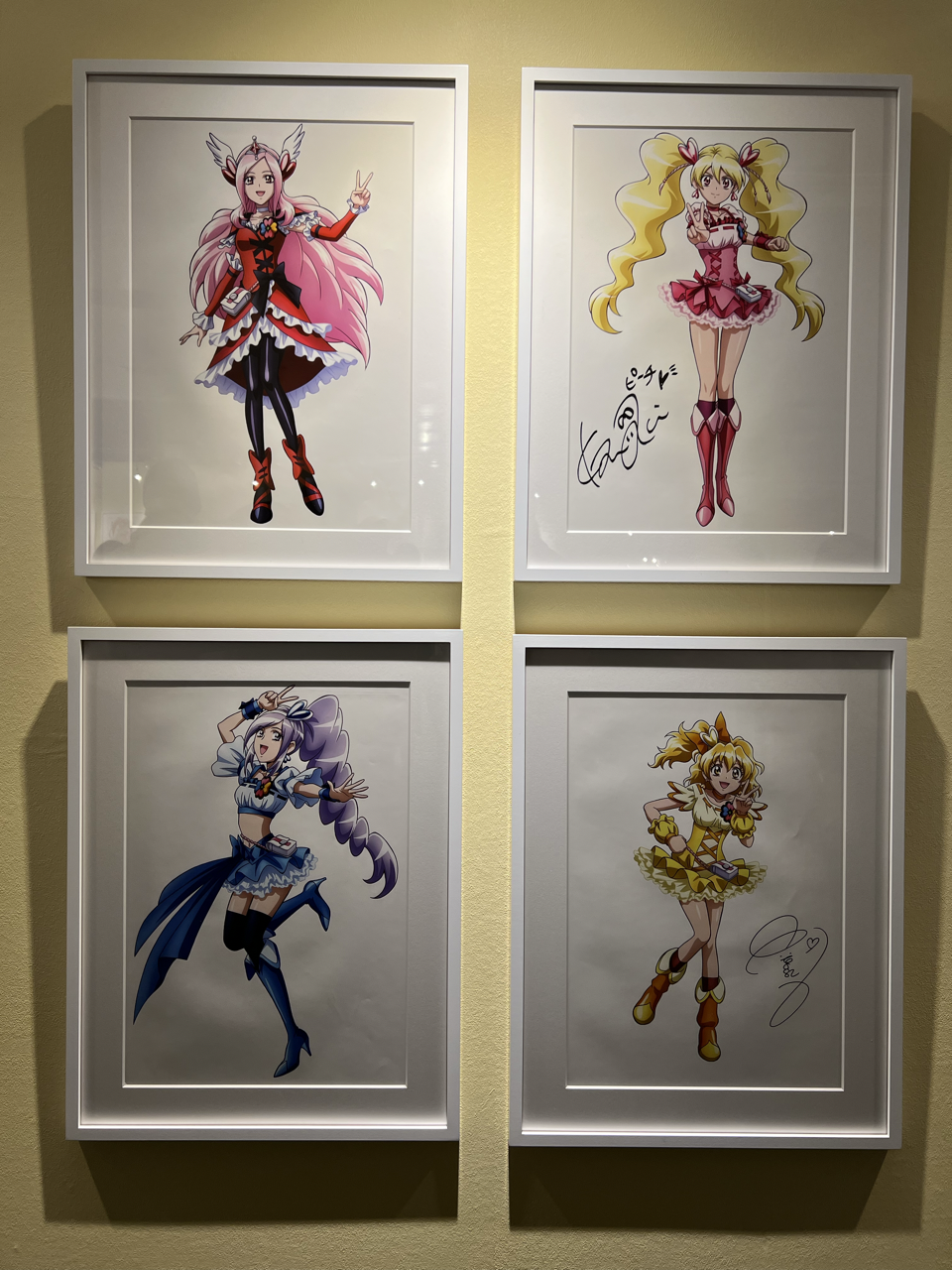

Yet this was only the start. This exhibit was heavily advertised as celebrating every facet of Precure history, providing behind-the-scenes looks at every production with daily mascot greetings. The result was convention-scale booths filled with character sketches, transformation toys and costumes from every series.

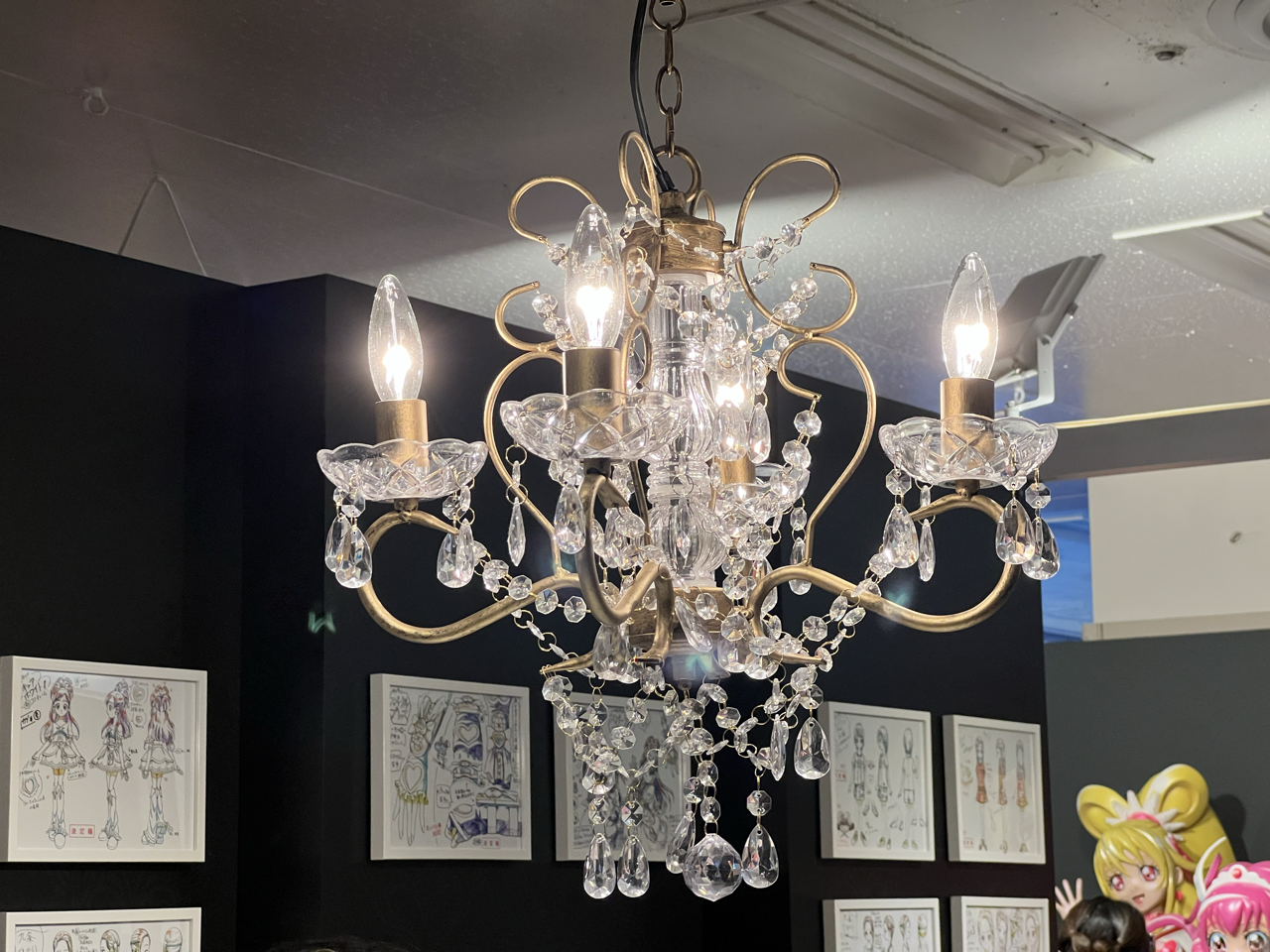
While each of these themed areas offered a fascinating insight into anime production, they served as loving tributes to the iconography of each show. For the original Pretty Cure, this meant a sleek black and white booth, complete with both Cures' costumes, retro-cool flip phone and clunky laptop magical items. A chandelier hung from the ceiling, and adorning the walls alongside video clips were character design sheets for the main cast, their transformations, their items, iconic scenes and more.
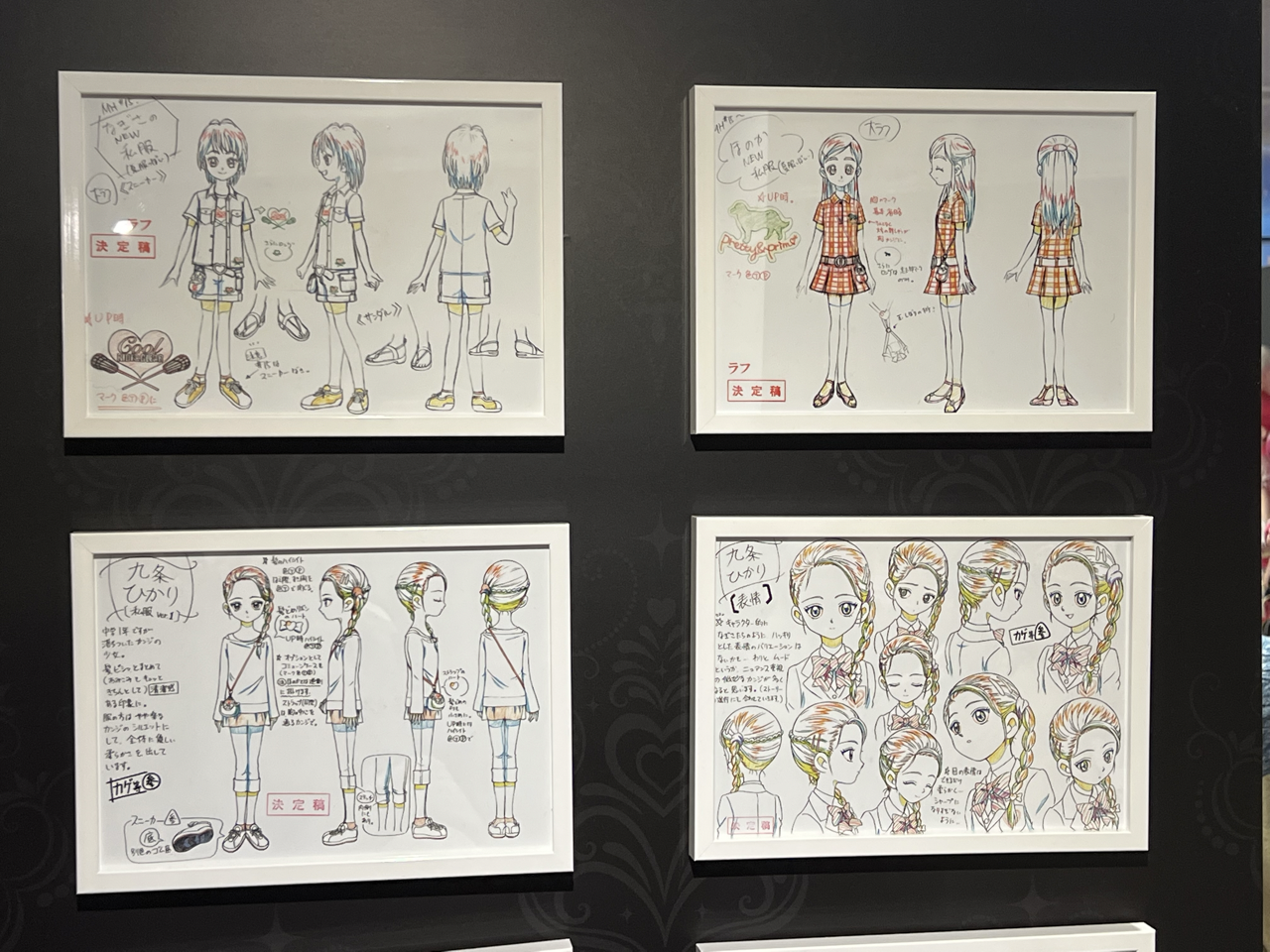
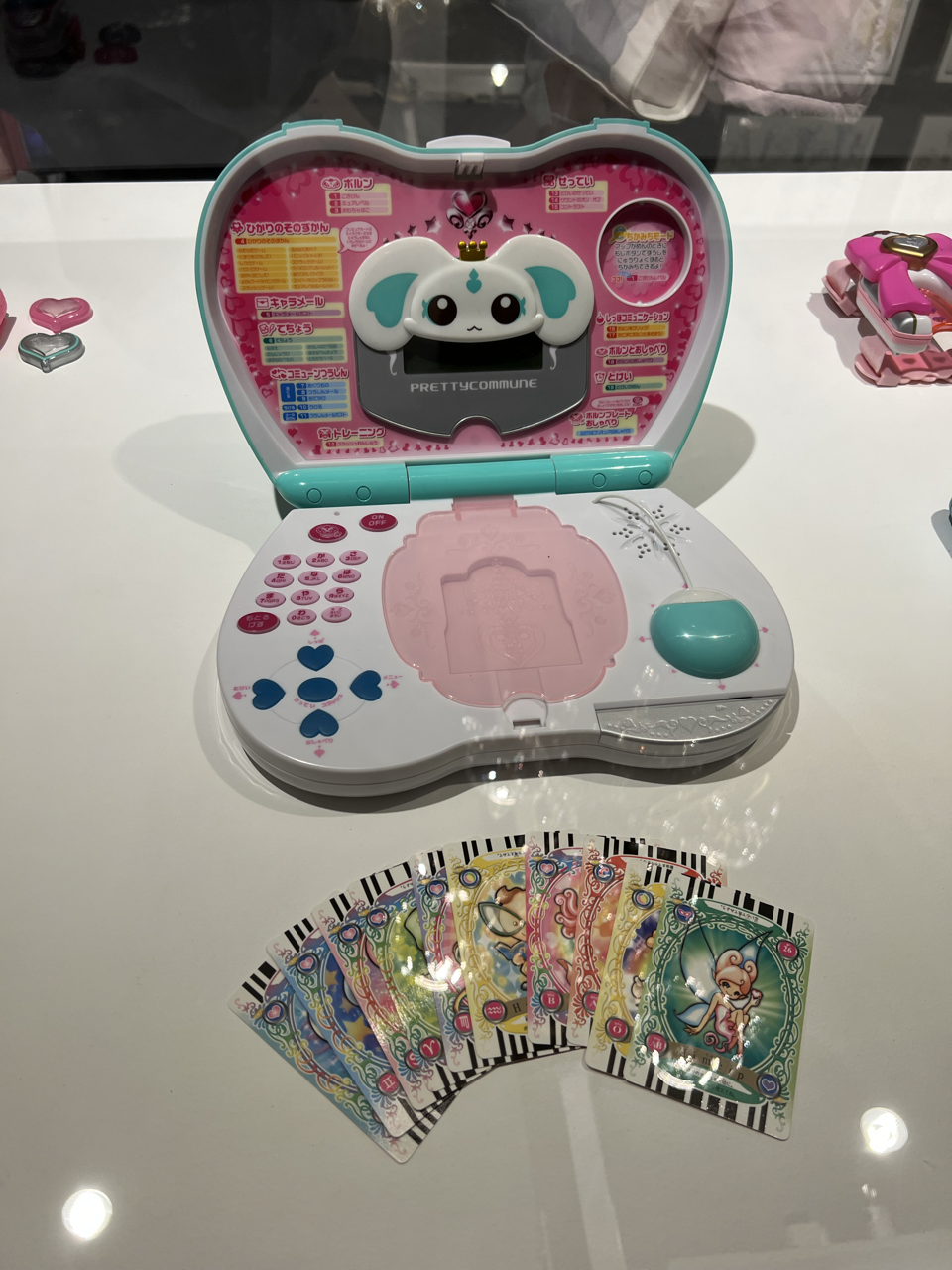
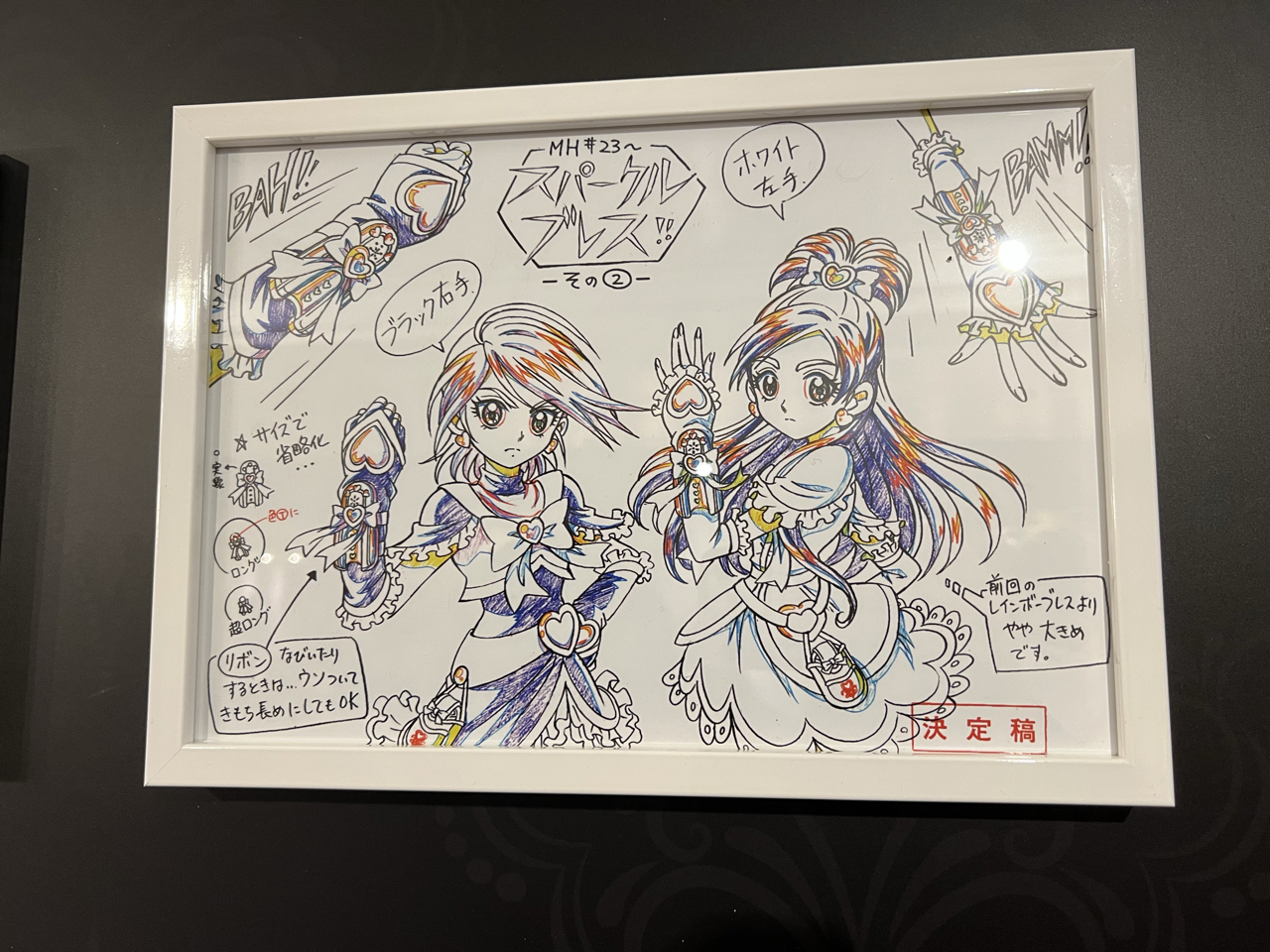
Every series marked their presence differently with a greatly-appreciated piece of attention to detail. Fresh Precure, the sixth in the franchise, brought a modern, pop-inspired twinkle look. The main characters performed in a music group called Clover alongside their magical activities, so the booth was decorated in clovers, while the plinth displaying the magical items held a similar design.

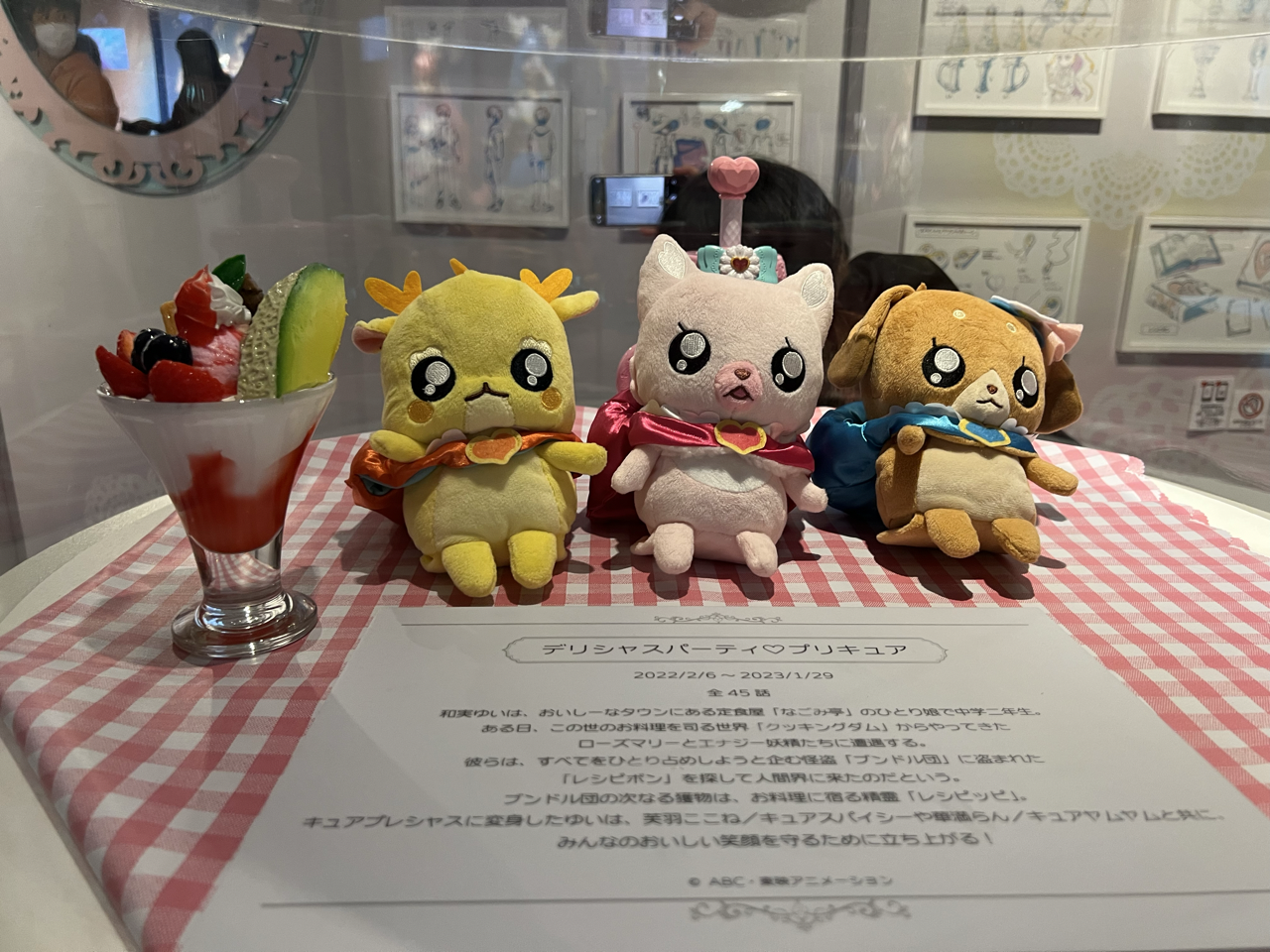
Elsewhere, the fairytale-inspired Smile Precure had bookshelves used for displaying its artwork. Kira Kira Precure a la Mode had giant cakes and macaroons in its booth design, and Mahou Tsukai Precure captured the vibes of its magical school setting.
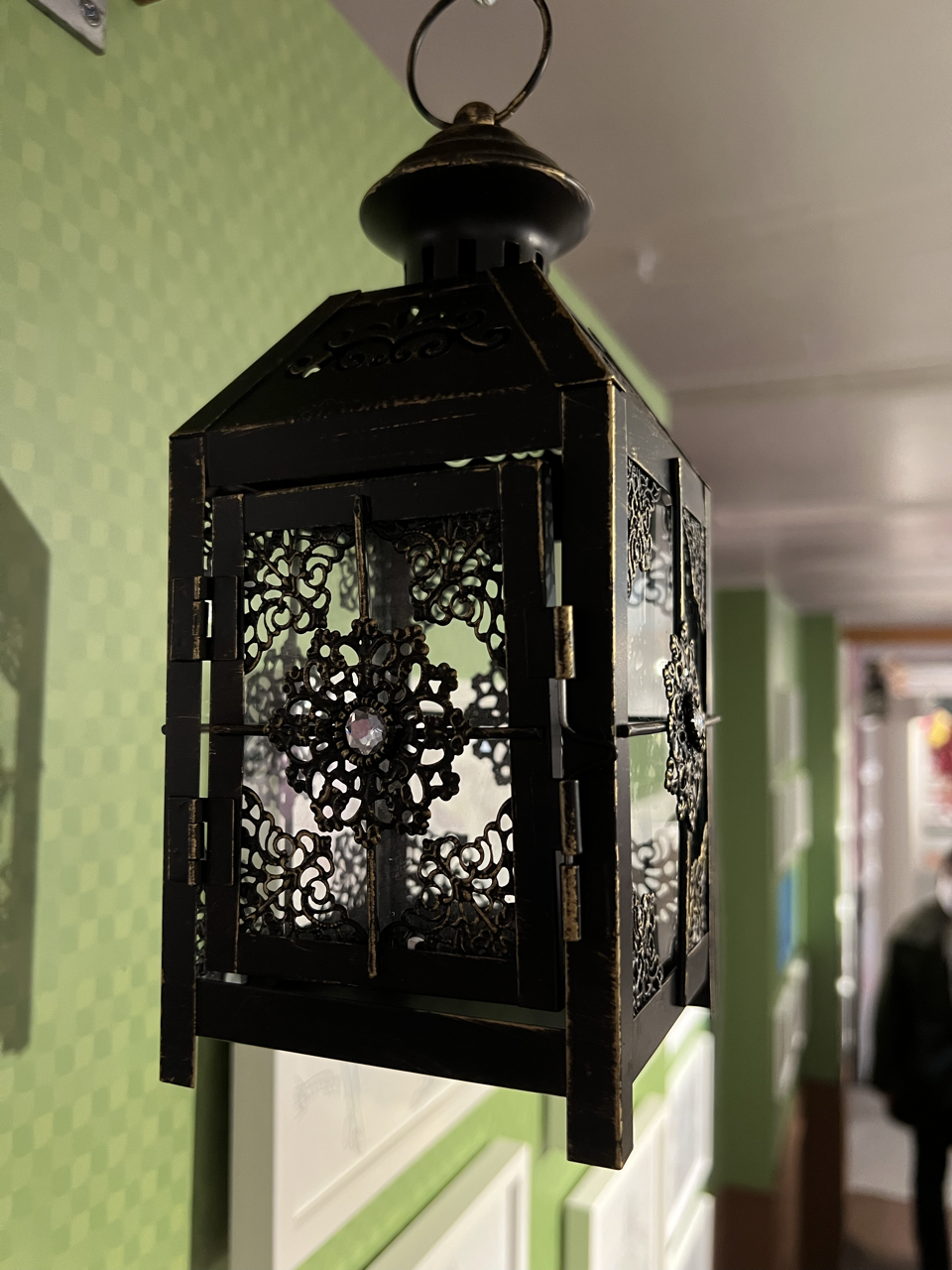
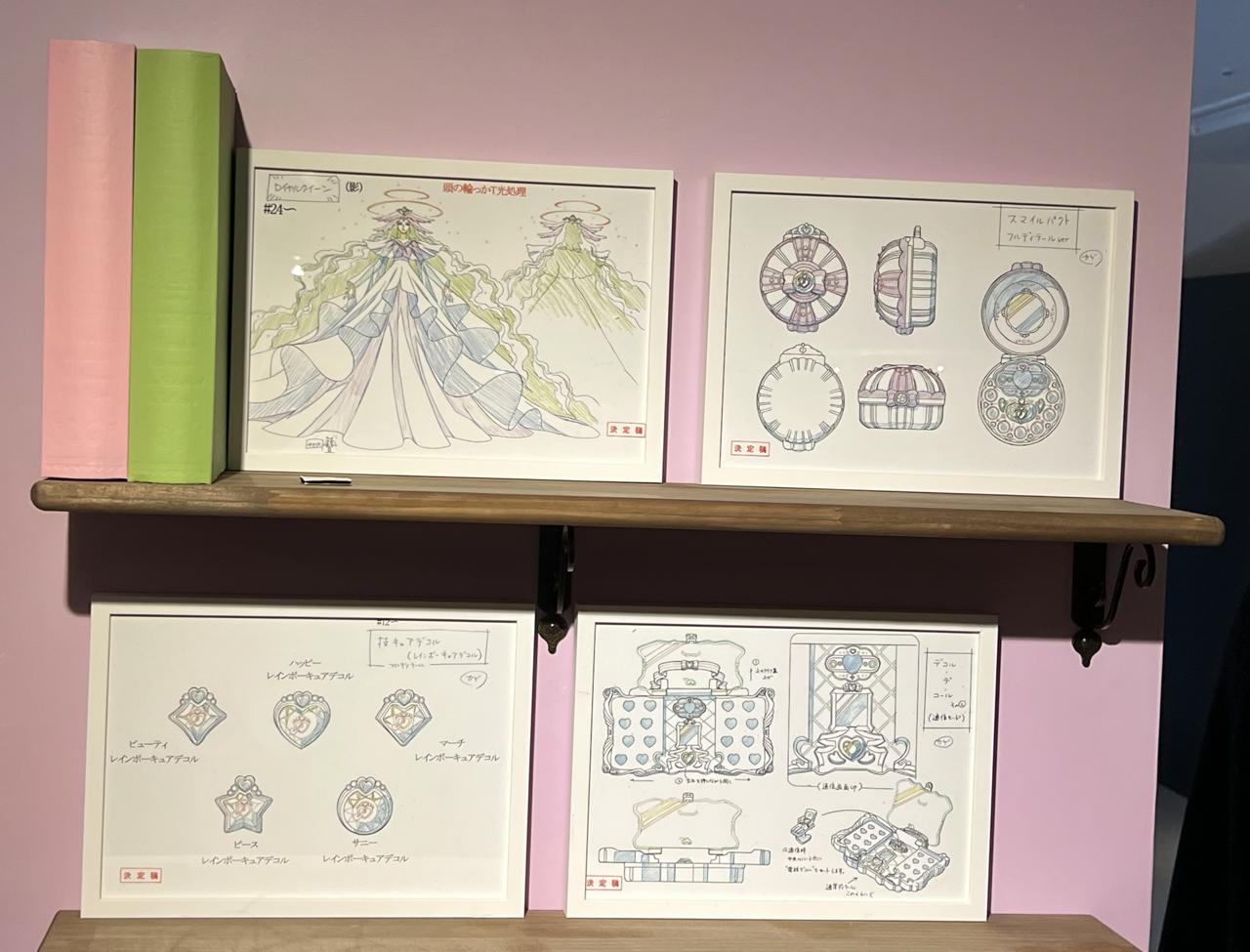
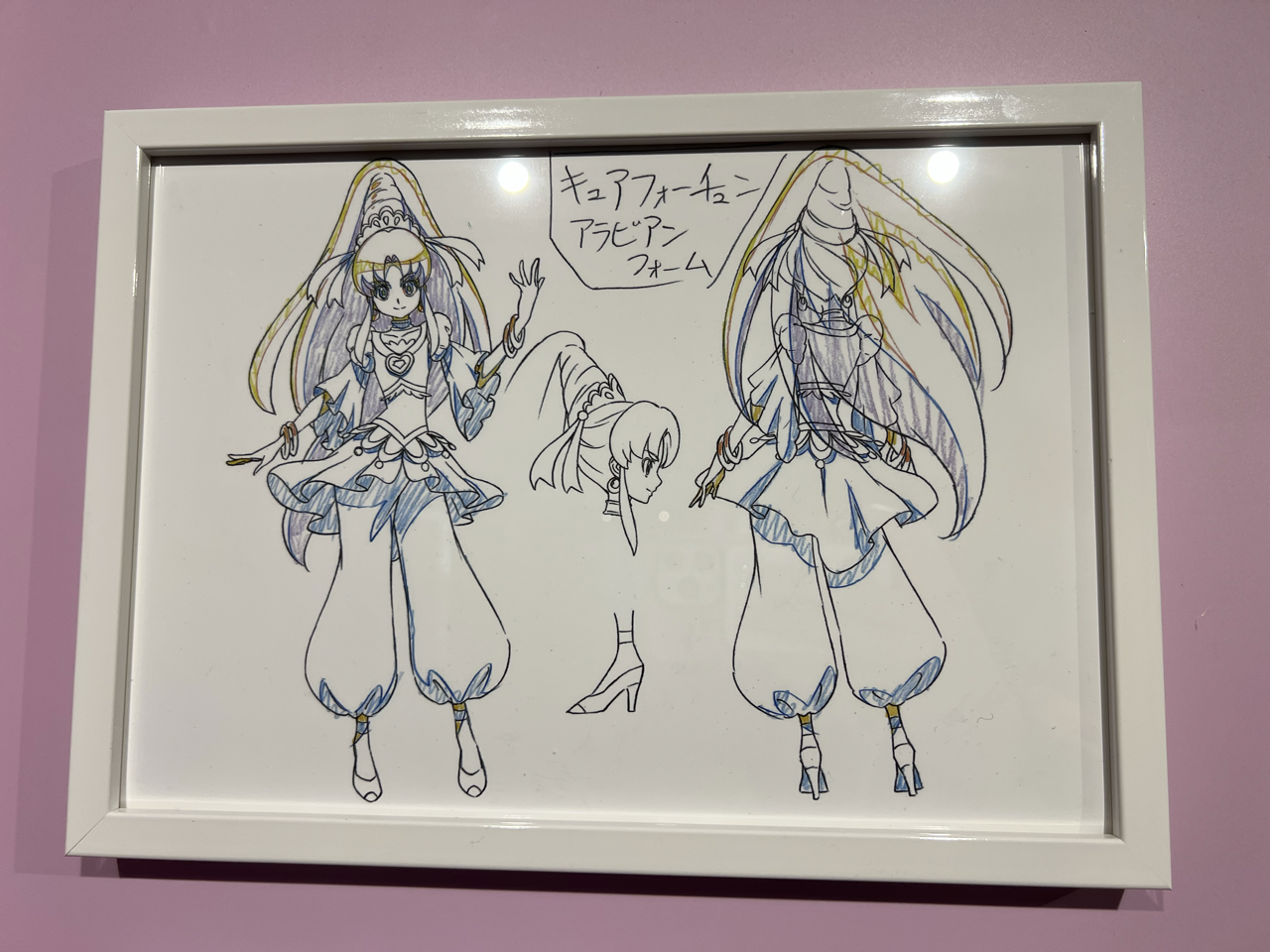
Each booth also had a mirror stationed in the middle of their display, an almost-metaphorical reflection back at the world and the attendee. These formative series changed the lives of many, and what they show isn’t the person who grew up with these series, but the person who was transformed by their stories and journeys.
With fully-annotated details from the design phase noting points for animation, this area of the exhibit alone offered unprecedented insight into the history of Precure, and was more than worth the cost of admission.
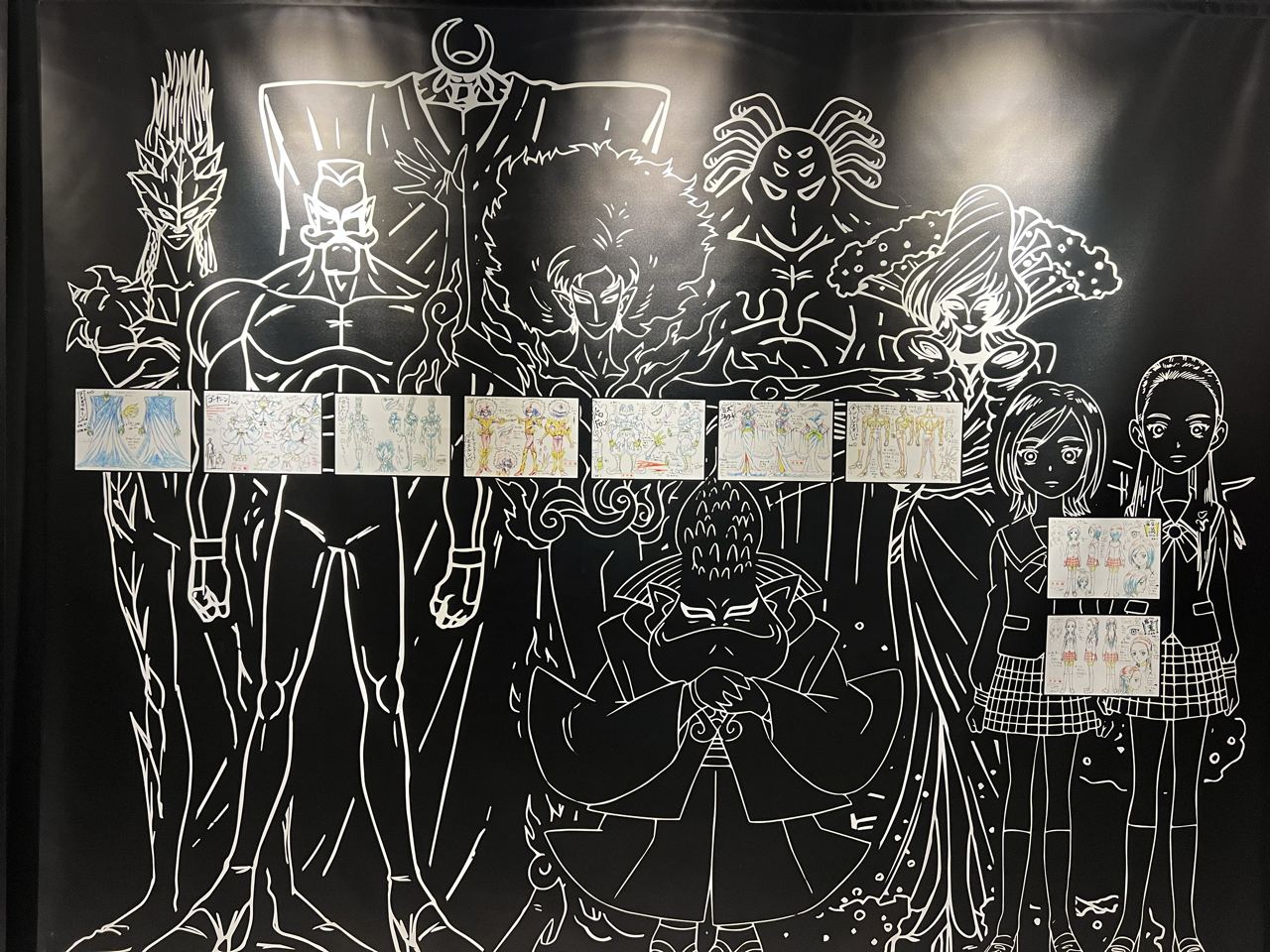

This is despite the booths mainly entering the heroes and supporting characters of our stories, not the antagonists. Villains in Precure remain just as memorable, leaving no celebration complete without at least some recognition of their contributions. The perimeter of the main hall was marked with black-and-white prison lineup-esque art, representing the villains of their respective shows. Alongside their presence in the lineup were character design sheets for them and their many machinations.
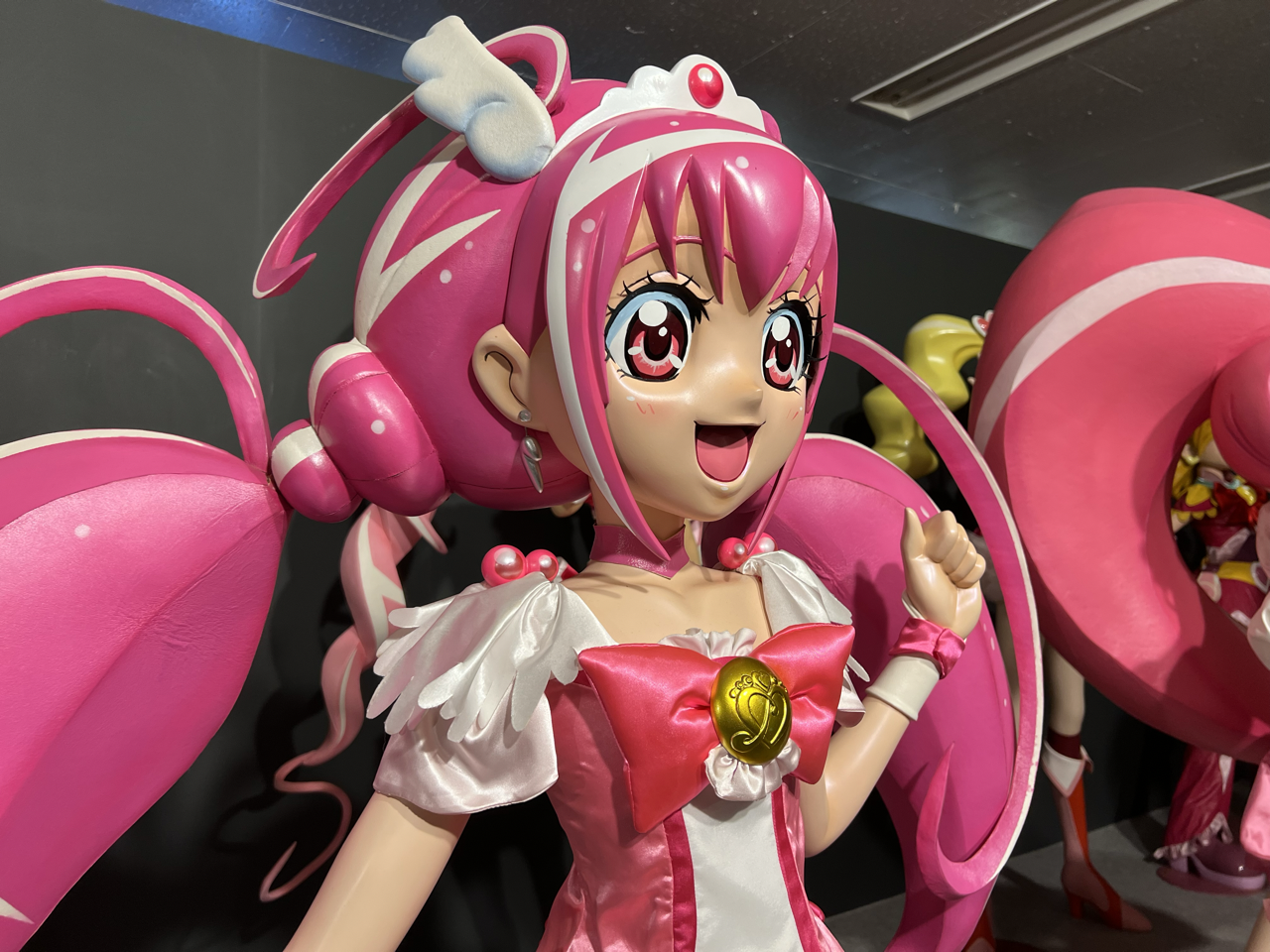
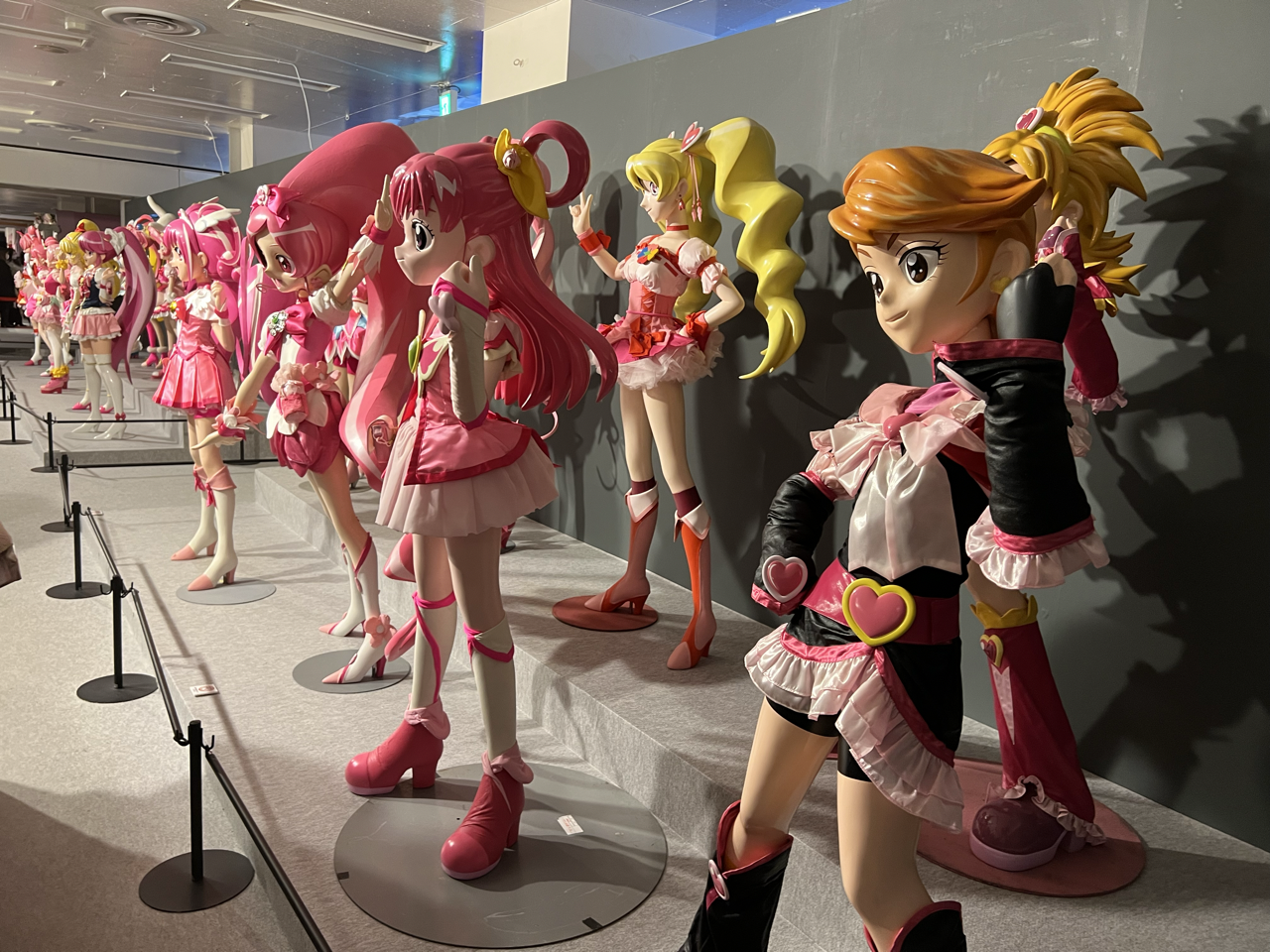
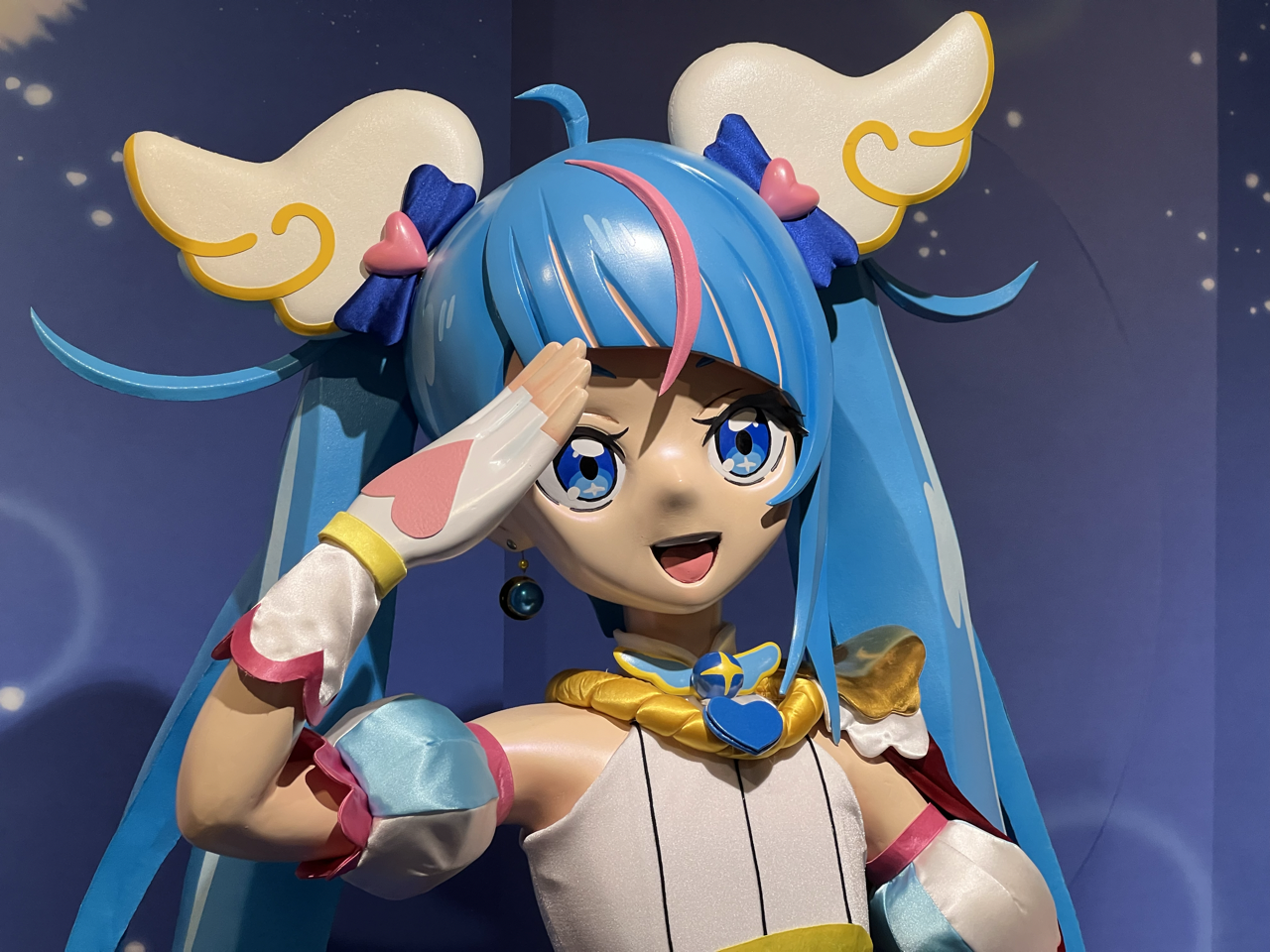
Before leaving this main hall, giant cast models of the Cures also adorned the exhibit. It’s not an exaggeration to say that hours were lost trying to see everything on offer for the event.
Although attendees were free to photograph most areas, one restricted room displayed original production assets. This formal, subdued setting housed original animation sketches from the series’ iconic character transformations, down to the pencil stroke smudges and markings for digital color grading that followed. You can feel the energy of each series captured in these transformations, elaborately designed and reused throughout justifying their extra flair. These spectacles could be viewed elsewhere in the form of a panorama screen simultaneously broadcasting every transformation simultaneously in all its colorful glory.
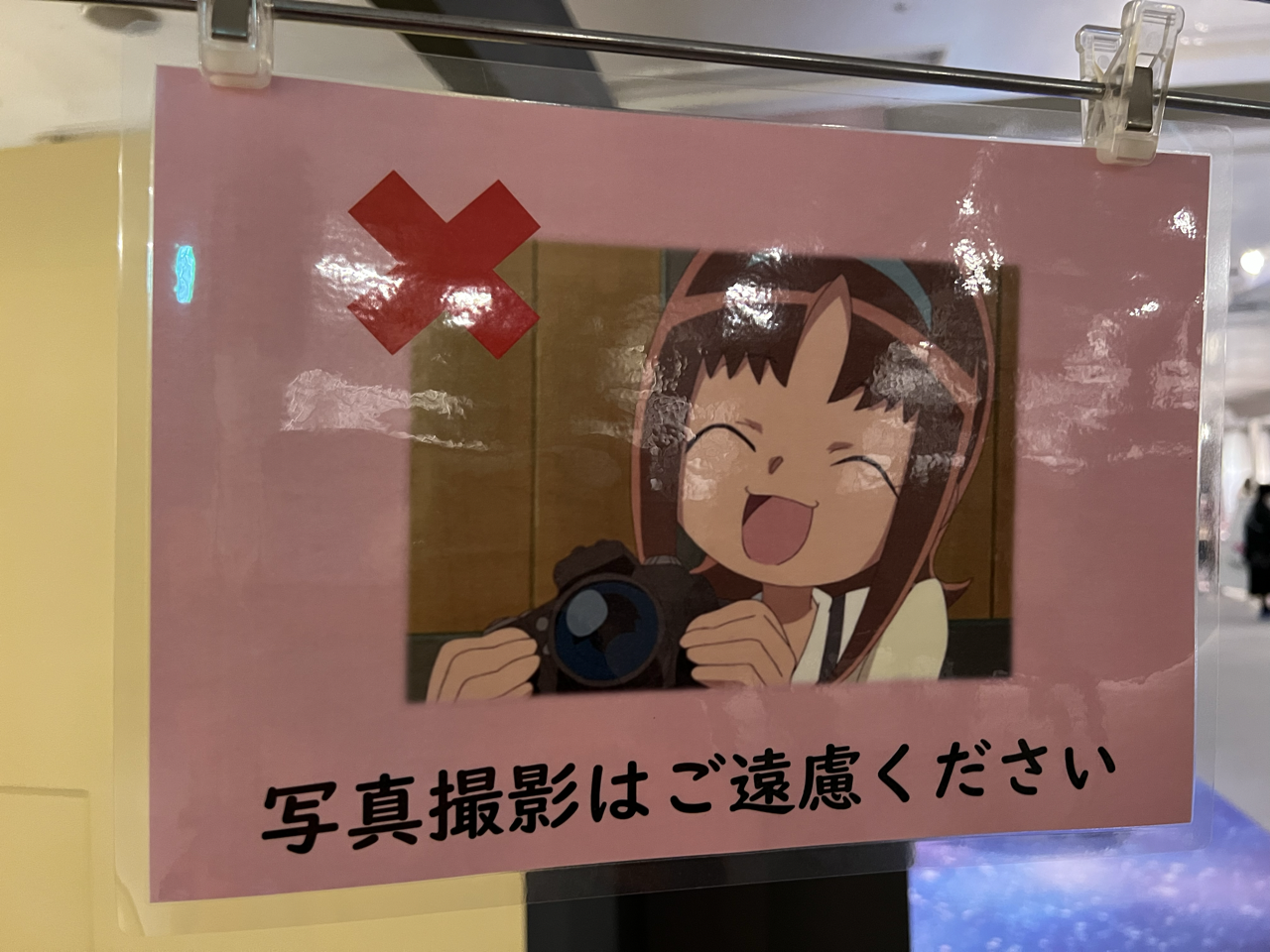
Scripts from every series' first episode were also displayed in this room, and even initial pitch documents from the conception stage were brought out from the archives. The state of production constantly in flux was shown candidly on display here, with episode titles on series like Heartcatch Precure different from the final title despite recordings taking place mere weeks before.
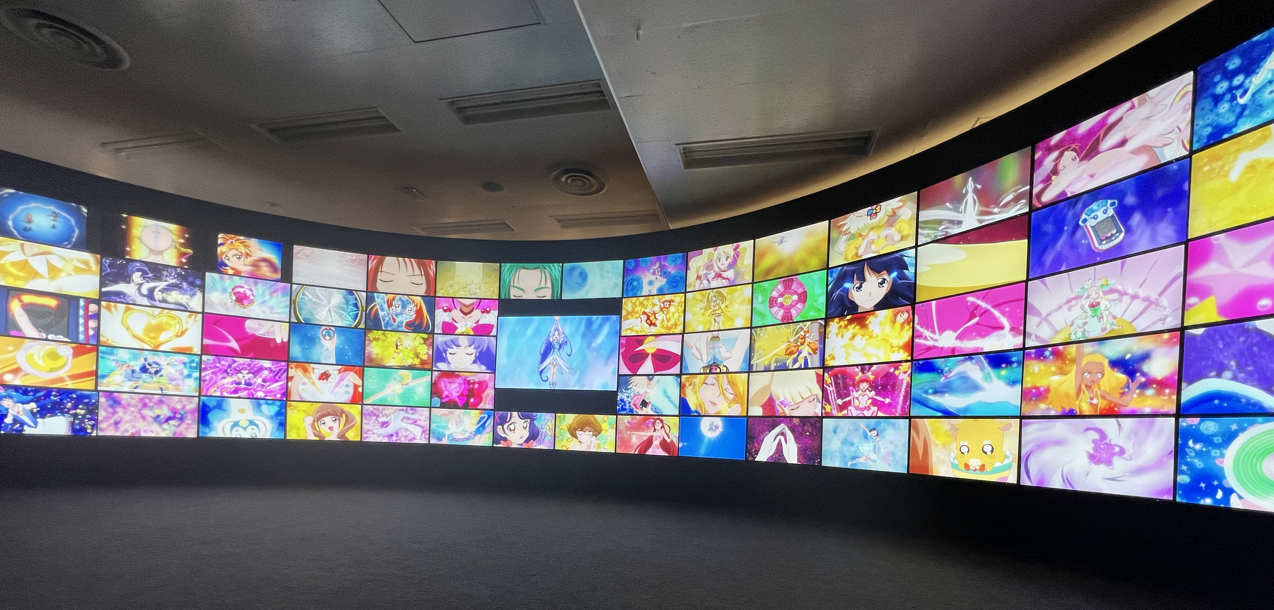
Neither Cure Black nor Cure White, or I should say Nagisa Misumi or Honoka Yukishiro, necessarily conform to stereotypical feminine gender roles. Nagisa is an athletic, strong, tomboyish character, often showcasing an immature, rough-and-tumble approach to her problems. Honoka is the bookish and science type. Throughout the series, there were temporary male cures leading to the first full-time male Cure in the Soaring Sky!, as well as other characters in the series being visibly queer and/or non-binary in appearance and actions, such as the temporary Cure Infini in HUGtto Precure.

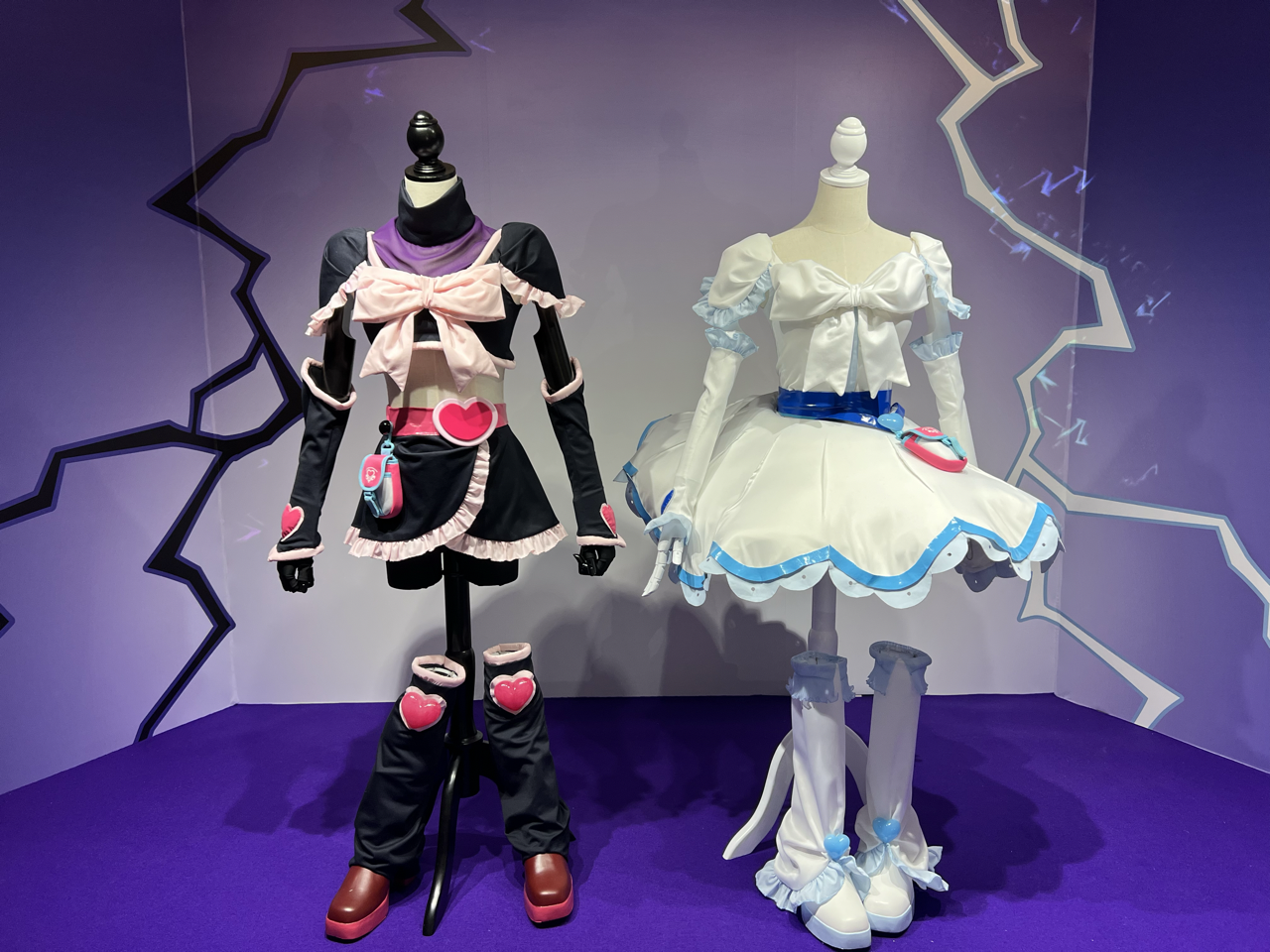
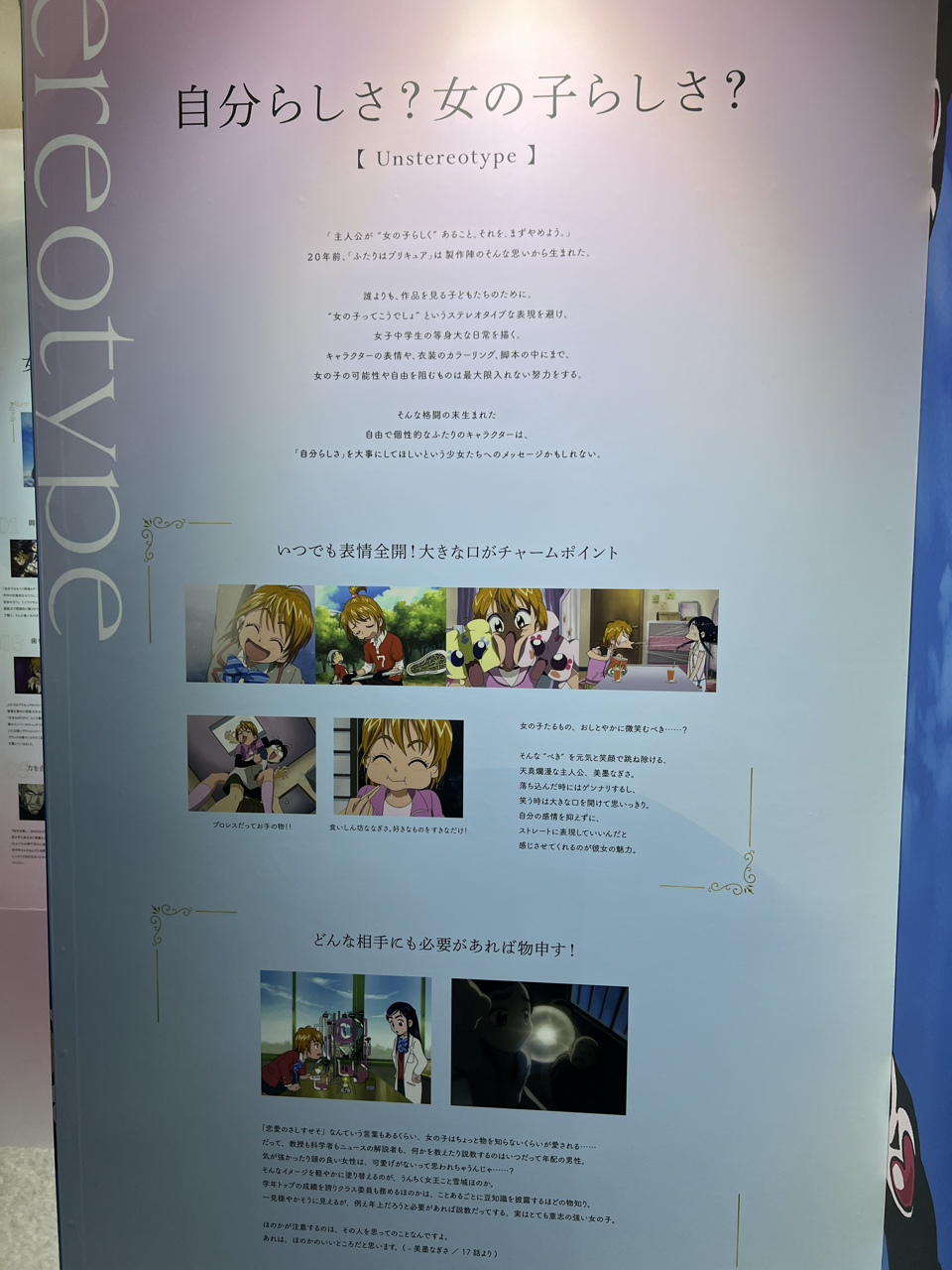
As the final room area diving into the progressive ideas behind the original series demonstrates, this is no accident. Challenging what were boys-like and girls-like activities are legacies of how Nagisa and Honoka were characterized: Nagisa often acts brutish for comedic effect in ways that were usually only offered to male characters of the era and gave legitimacy to young girls to be themselves in this manner. Honoka as a scientist is an inspiration for young girls to enter STEM careers, a field which even after improvement remains at 22%. This was while these characters represented feminine versions of how male anime protagonists were typically portrayed with strength and independence.

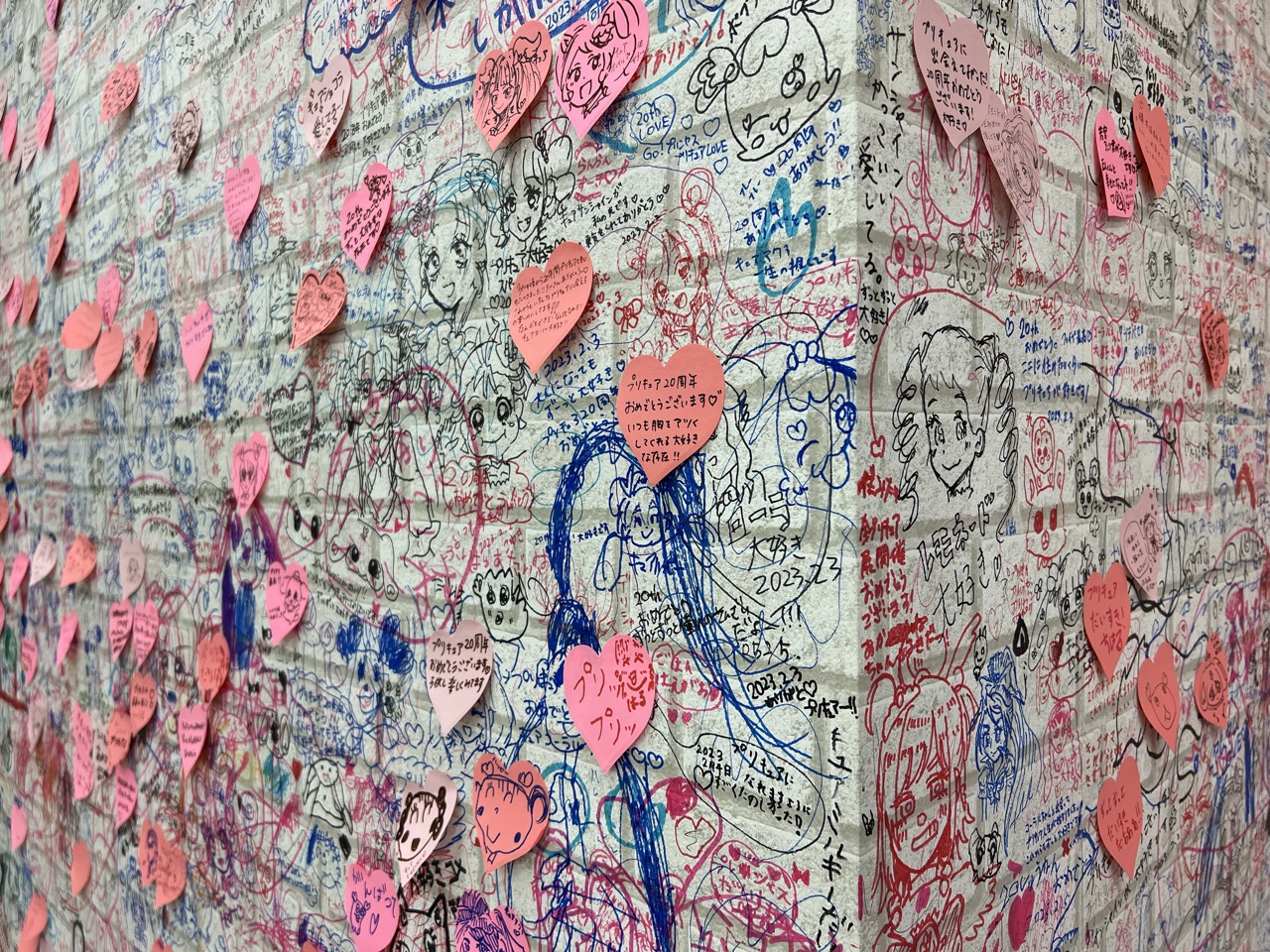
It made the "All Precure" event not just a celebration of these series but a fitting tribute to how they transformed the image of female childhood and provided a strong image that people of all genders and ages can continue to latch on to. In the final room, marked with a cafe, hourly greetings with the various Cures met those old and young. When I met Kira Kira Precure a la Mode's Scarlet and Gelato, it was heartwarming to see small children waving and dancing with the Cures as much as it was to see schoolgirls who grew up with the series act just as excited to wave at and be seen by these mascots.
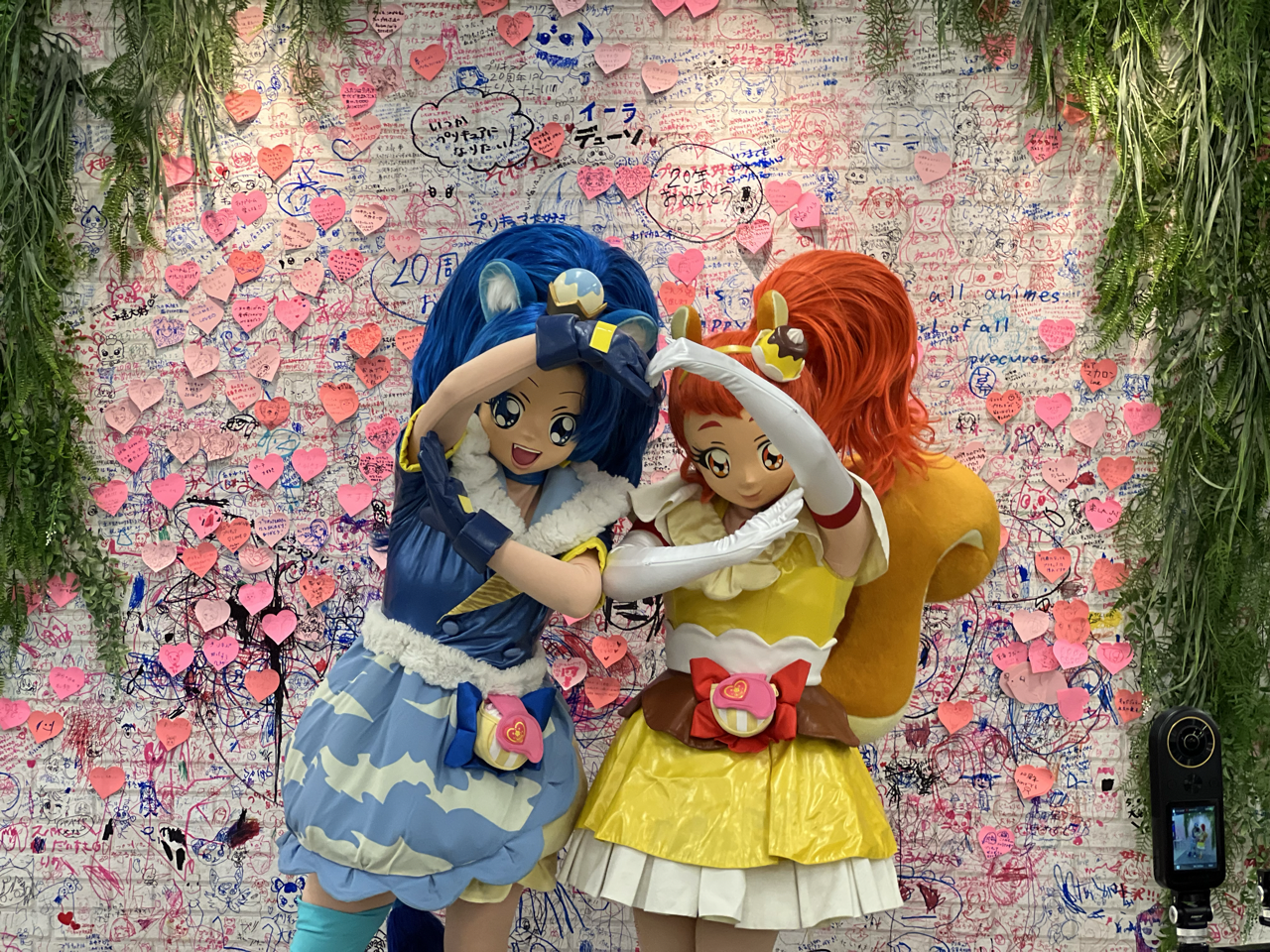
Few anniversary exhibits are successfully able to capture what it means to be a fan of a series quite like this. If you grew up with one of these anime, a chance to remember the toys you pestered your parents to buy will be welcomed as you go to appreciate the craftsmanship. Hearing other guests talk about their nostalgia with friends and finding series like Smile Precure where I could similarly reminisce on the ways its magical escapism taught me about myself and allowed me to grow as a person was enough to make me emotional as I made my trip home, and was certainly a highlight.
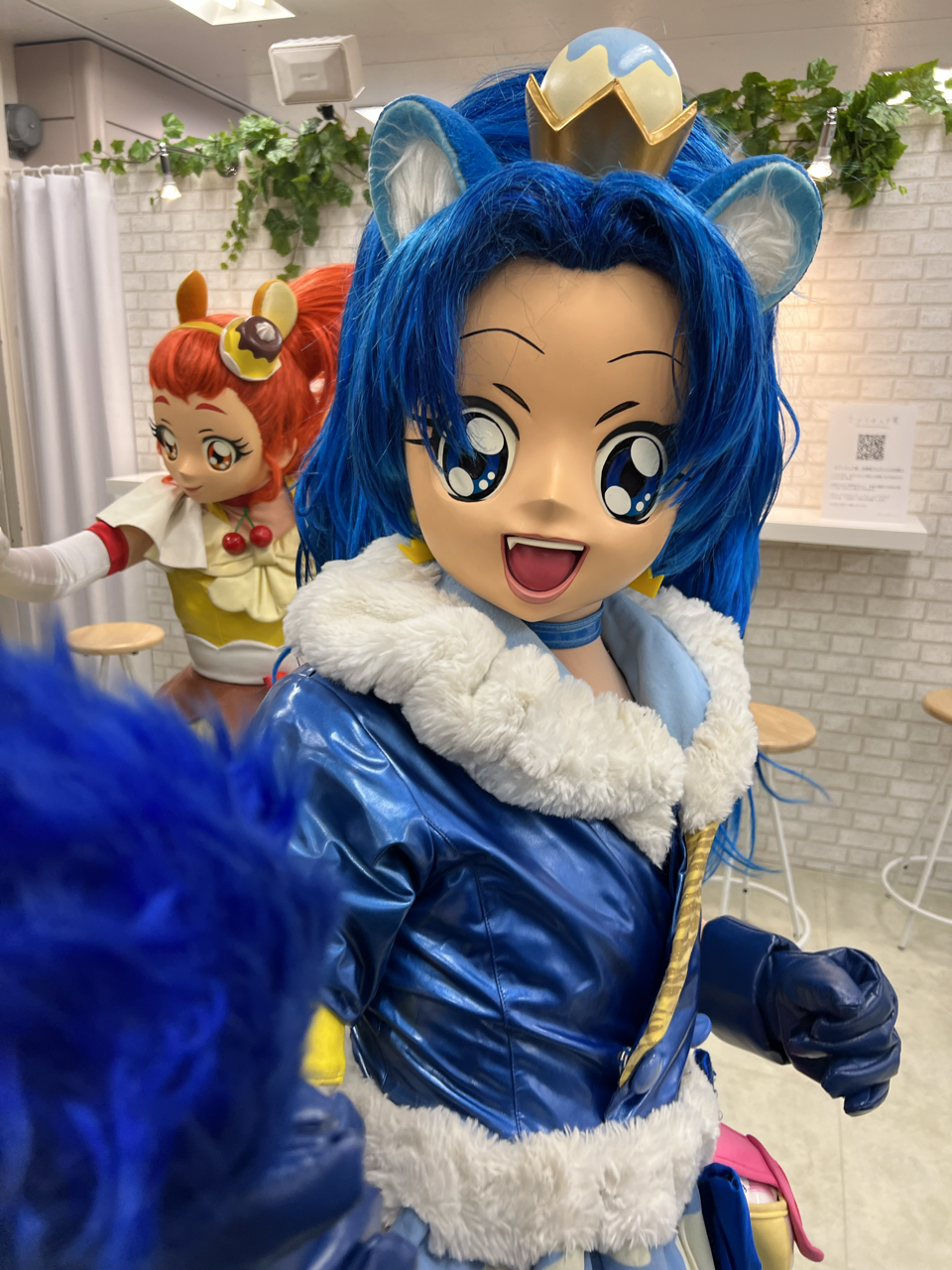
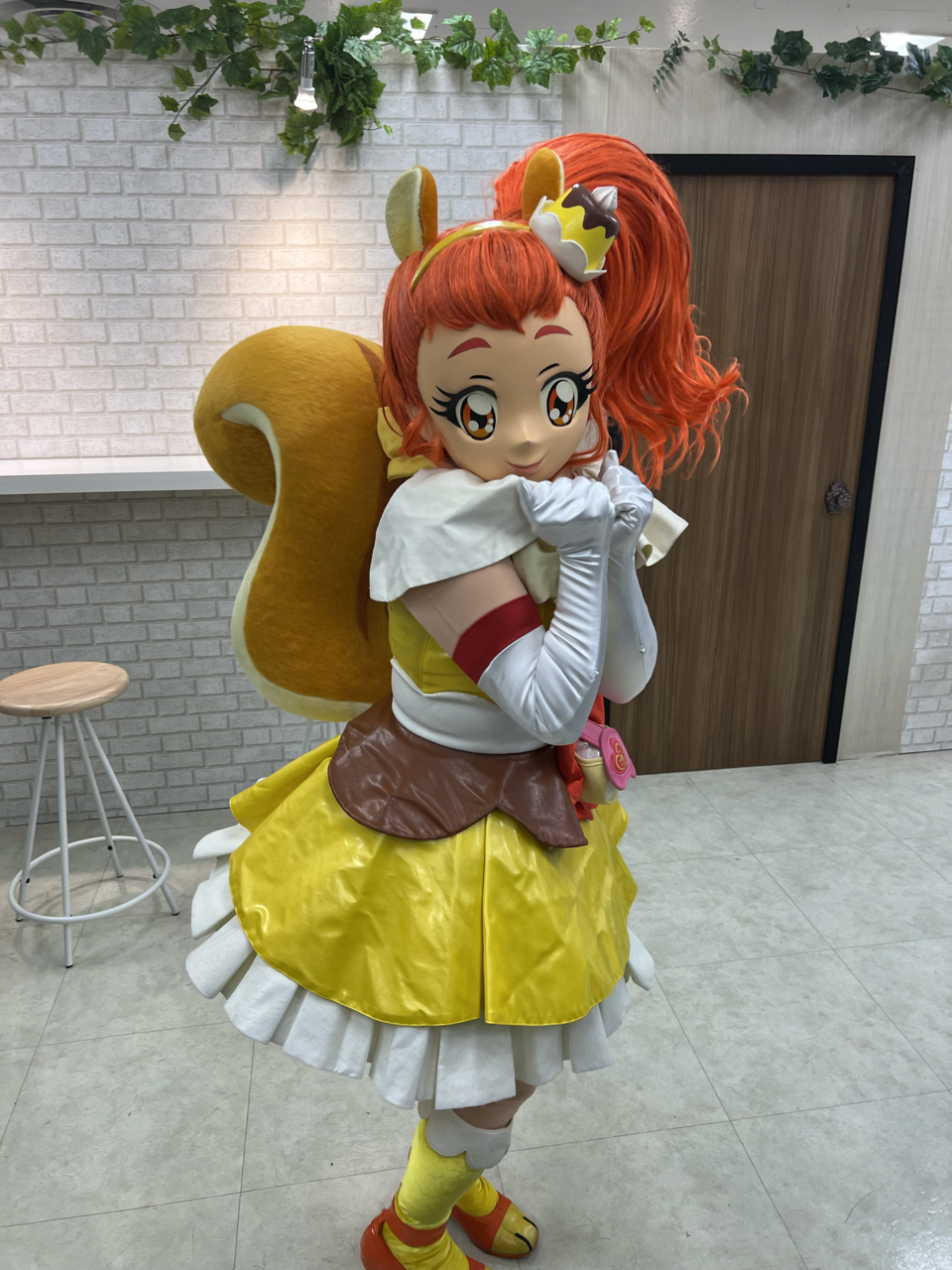
It's events like this that remind you just how special Precure is for so many people, one that respects its influence by remembering the creators and fans that brought it to where it is today.
Although the "All Precure Exhibition" ended its Tokyo run on February 19th, stops in Osaka and Nagoya are planned for later this year. Regardless of your interest in the series, this is one exhibit worth making time for.
Alicia Haddick is a freelance features writer for Crunchyroll. If they aren't watching anime or way, way too many movies, they're probably outside taking photos or listening to their favorite idol groups. You can find them sharing their other work on anime, gaming and films and rambling on just about anything over on their Twitter account @socialanigirl, or on Letterboxd.
from Latest in Anime News by Crunchyroll! https://ift.tt/ua5lHKg

Comments
Post a Comment